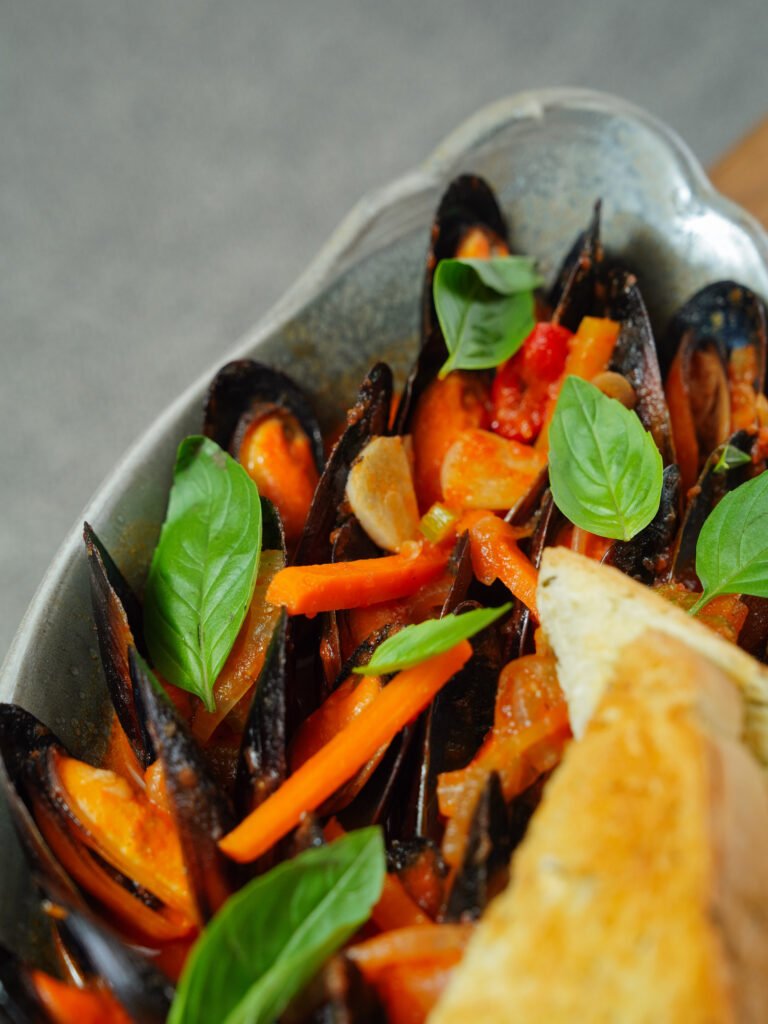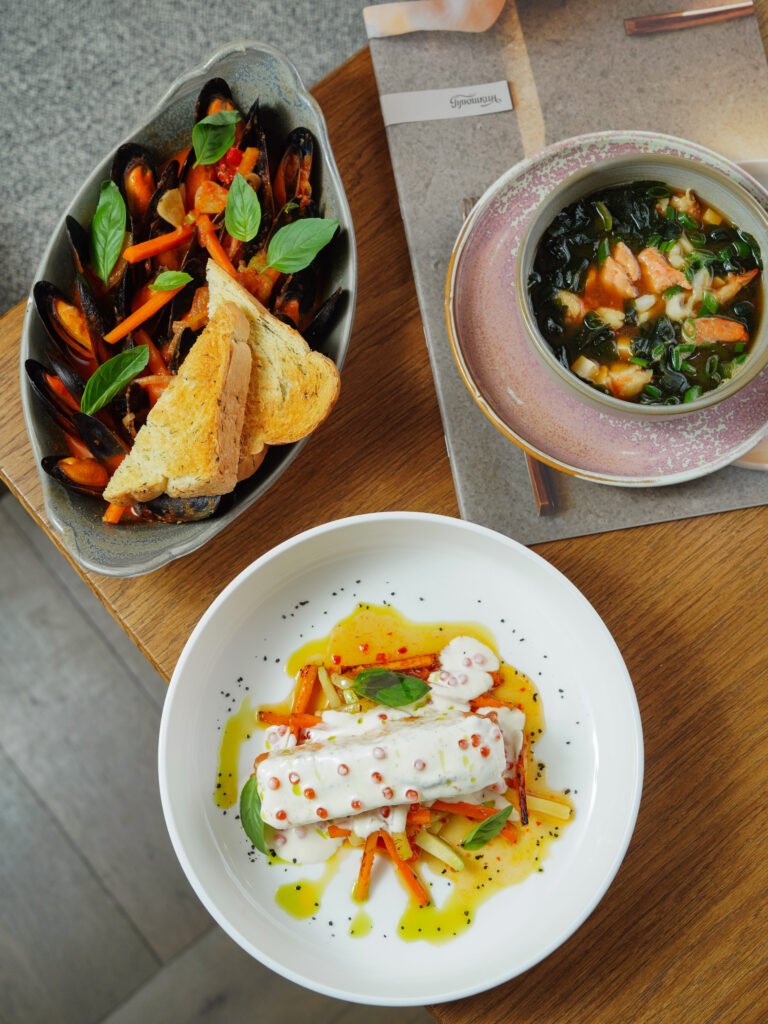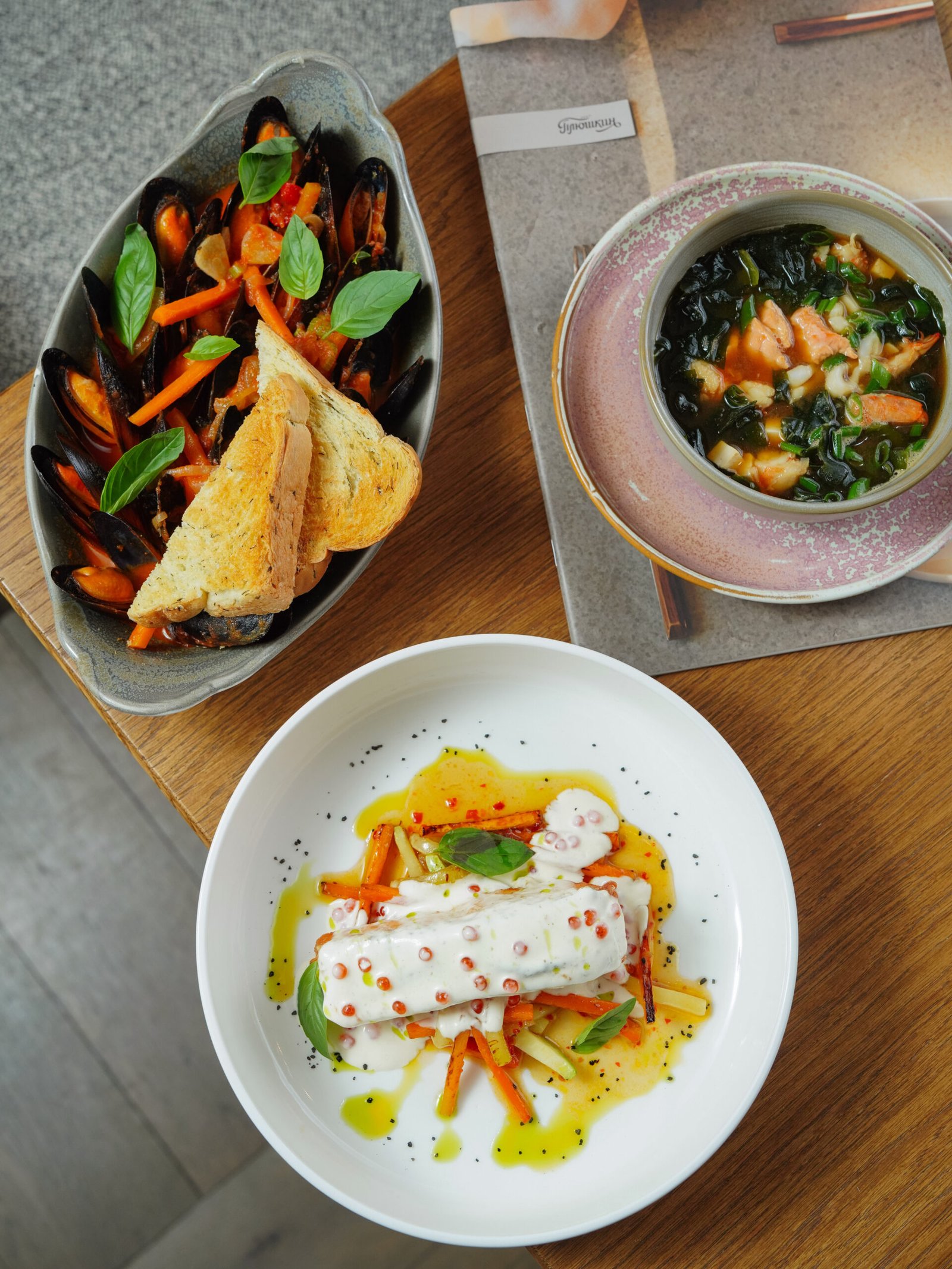Get ready to tantalize your taste buds with a scrumptious vegetarian stir-fry that will leave you craving for more! Bursting with colorful veggies, this dish is a symphony of flavors, textures, and aromas that will have you hooked from the first bite. With its vibrant assortment of vegetables, perfectly stir-fried to retain their crunch and freshness, this vegetarian stir-fry is not only a feast for the senses but also a nutritious and wholesome option for those looking to add more plant-based meals to their diet. So, grab your wok, chop up those veggies, and get ready to savor a dish that strikes the perfect balance between health and indulgence.

Ingredients
To make a delicious vegetarian stir-fry, you will need the following ingredients:
- Assorted vegetables of your choice (such as broccoli, bell peppers, carrots, snap peas, and cabbage)
- Garlic cloves, minced
- Ginger, grated
- Soy sauce
- Sesame oil
- Vegetable oil
- Cornstarch (optional)
- Rice or noodles for serving
Feel free to customize the vegetable selection based on your personal preferences and what you have on hand in your kitchen. The key is to choose a variety of colors and textures to ensure a flavorful and satisfying stir-fry.
Preparation
Chopping the Vegetables
Before you begin cooking, it’s essential to chop your vegetables into bite-sized pieces. This not only ensures even cooking, but it also makes the meal easier to eat. Take your time with this step, and ensure all the vegetables are adequately chopped, allowing for a pleasant and uniform stir-fry experience.
Preparing the Sauce
Next, it’s time to prepare the sauce that will give your stir-fry its flavorful kick. In a small bowl, combine minced garlic, grated ginger, soy sauce, and a drizzle of sesame oil. Mix well to ensure all the flavors are evenly distributed. If you prefer a thicker sauce, you can add a teaspoon of cornstarch and mix until it dissolves. This will help thicken the sauce when heated.
Cooking the Stir-Fry
Heating the Wok or Pan
To begin cooking your vegetarian stir-fry, start by heating a wok or large frying pan over medium-high heat. It’s essential to preheat the pan to ensure even cooking and prevent the vegetables from getting soggy. Allow the pan to heat up for a couple of minutes before moving on to the next step.
Adding Oil
Once the pan is heated, add a small amount of vegetable oil or any other oil of your choice. Swirl the oil around the pan to coat the surface evenly. This will prevent the vegetables from sticking and help develop a delicious flavor in your stir-fry.
Stir-Frying the Vegetables
Add the chopped vegetables to the heated pan, starting with the ones that take the longest to cook, such as carrots and broccoli. Stir-fry them for a few minutes until they start to soften but still maintain a crisp texture. Continue adding the rest of the vegetables gradually, ensuring each one gets a chance to cook evenly.
Remember to keep stirring the vegetables constantly to prevent them from burning and to ensure they cook evenly. This step should only take a few minutes, as you want your vegetables to retain their vibrant color and crispness.
Adding the Sauce
Once the vegetables are almost cooked to your desired level of tenderness, it’s time to add the prepared sauce. Pour it over the vegetables and mix well to coat them evenly. The sauce will infuse the stir-fry with delicious flavors, enhancing the taste of the vegetables.
If you added cornstarch to the sauce, you will notice it thickening slightly as it combines with the heat from the pan. This will create a glossy and satisfying texture.

Serving Suggestions
Once your vegetarian stir-fry is ready, it’s time to serve it up and enjoy! You have a few options for how to enjoy your stir-fry:
- Serve it over steamed rice for a classic stir-fry experience. The rice will absorb the flavorful sauce, making each bite even more delicious.
- If you prefer noodles, cook your favorite noodles (such as rice noodles or udon noodles) according to the package instructions. Then toss the cooked noodles with the stir-fry and mix well. This will create a delightful noodle stir-fry.
- For a lighter option, you can also serve the stir-fry on its own, without rice or noodles. The colorful vegetables and flavorful sauce will still make for a satisfying meal.
Garnish your stir-fry with sesame seeds, chopped scallions, or a sprinkle of red pepper flakes for an extra burst of flavor and visual appeal.
Variations
Don’t be afraid to get creative with your vegetarian stir-fry! Here are a few variations you can try:
Tofu Stir-Fry
For a protein-packed option, add firm tofu to your stir-fry. Cut the tofu into cubes and press out any excess water before adding it to the pan. Stir-fry the tofu along with the vegetables, allowing it to absorb the flavors of the sauce. The tofu will add a hearty and satisfying element to your stir-fry.
Mushroom Stir-Fry
If you’re a fan of mushrooms, a mushroom stir-fry can be a delightful variation. Use a variety of mushrooms such as shiitake, button, or cremini. The earthy and meaty flavors of the mushrooms will add depth to your stir-fry. Feel free to combine them with other vegetables or make it an all-mushroom stir-fry for a unique twist.
Eggplant Stir-Fry
For a heartier stir-fry, consider adding cooked eggplant to the mix. Cut the eggplant into bite-sized pieces and sauté or roast it separately until it becomes soft and golden brown. Add it to the stir-fry towards the end, ensuring it’s thoroughly coated in the sauce. The creamy texture of the eggplant will complement the crunchiness of the other vegetables, creating a satisfying balance of flavors and textures.

Health Benefits
Vegetarian stir-fries offer numerous health benefits due to their high vegetable content and minimal use of oil. By consuming a variety of vegetables, you’ll be provided with essential vitamins, minerals, and fiber that are essential for maintaining optimal health. Stir-frying the vegetables also helps retain their nutrients and vibrant colors, making it a nutrient-packed meal option.
Furthermore, vegetarian stir-fries are typically lower in calories and fat compared to meat-based stir-fries. This can help with weight management and promote a healthier lifestyle. The addition of tofu or other plant-based proteins can provide an extra protein boost to keep you feeling satisfied and energized.
Tips and Tricks
- Cut all your vegetables to a similar size to ensure even cooking.
- Preheat your pan before adding the vegetables to prevent them from getting soggy.
- Keep the heat at medium-high to allow the vegetables to cook quickly without losing their vibrant colors.
- Stir-fry the vegetables rapidly to maintain their crispy texture.
- Experiment with different vegetables and sauces to find your favorite stir-fry combination.
- Don’t overcook the vegetables – they should retain some crunch for a satisfying bite.
Conclusion
Congratulations! You now have the skills to make a delicious vegetarian stir-fry from scratch. With its vibrant colors, crisp textures, and flavorful sauce, this dish is a versatile and healthy option for any mealtime. Whether you choose to stick with the classic combination of vegetables or explore different variations, you’re sure to create a stir-fry that satisfies your taste buds and nourishes your body. Get chopping, stir-frying, and enjoy the deliciousness of a homemade vegetarian stir-fry tonight!

